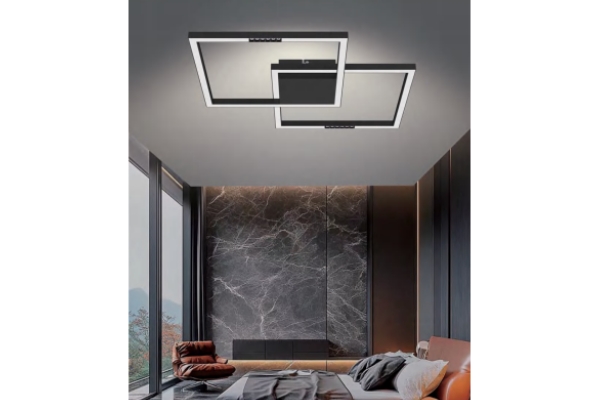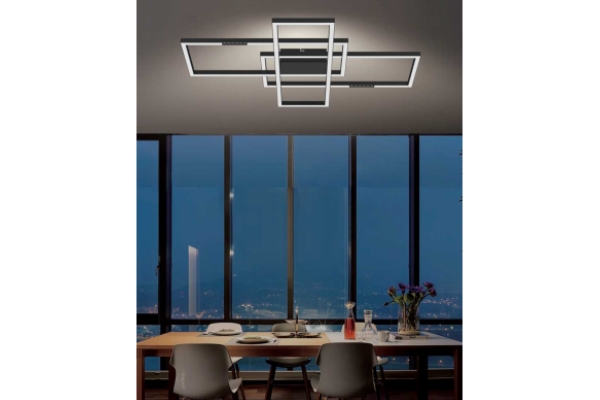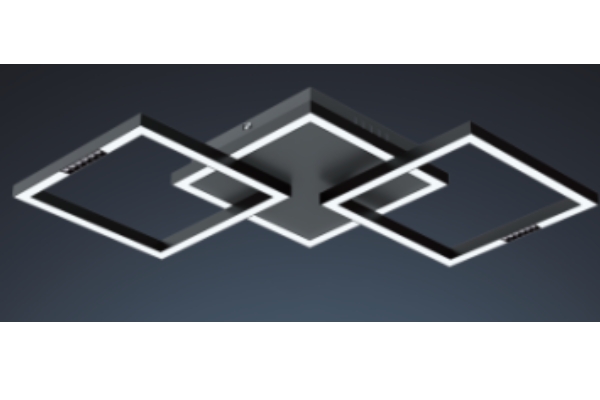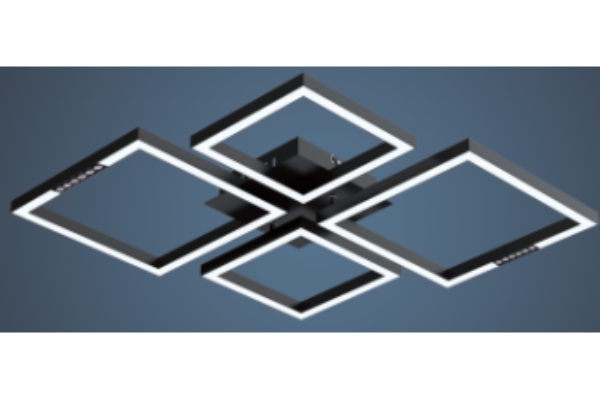How does the optical lens design of LED table lamp improve light uniformity and eye protection?
Release Time : 2025-05-26
The optical lens design of the LED table lamp is the core of optimizing the light quality, which is directly related to the light uniformity and eye protection effect.
The uniformity and eye protection effect of the LED table lamp light largely depend on the material selection of the optical lens. High-quality optical lenses usually use materials such as polycarbonate (PC) or acrylic (PMMA). Polycarbonate has high light transmittance and good impact resistance, which can reduce the loss of light during propagation. At the same time, it has strong weather resistance and is not easy to age and turn yellow, ensuring long-term stable optical performance; acrylic material has excellent optical clarity and low refractive index, which can effectively control the divergence angle of light and make the light distribution more uniform. The characteristics of these materials lay the foundation for improving the quality of light from the source.
The curved surface structure design of the lens plays a key role in the uniformity of light. Aspheric lenses are a common optimization design. Their unique curved surface shape breaks the optical limitations of traditional spherical lenses and can accurately control the refraction path of light. Through the precisely calculated aspheric surface, the light emitted by the LED light source can be more evenly distributed in the target area after being refracted by the lens, avoiding the situation where the center is too bright and the edge is dim. In addition, some lenses use a multi-surface composite structure, combining surfaces of different curvatures to further refine the control of light and achieve a more ideal uniform lighting effect.
The diffusion and collimation design of light is also an important part of improving the uniformity of light. The diffusion lens uses the microstructure on the surface or the scattering particles inside to scatter the light multiple times during the propagation process, disperse the concentrated light, and thus reduce glare and light and dark differences. The collimating lens focuses on controlling the propagation direction of light, so that the light is emitted at a specific angle to reduce the diffuse reflection loss of light. In practical applications, diffusion and collimation designs are often combined. The collimating lens is first used to preliminarily orient the light, and then the diffusion lens is used to achieve uniform distribution. The two work together to significantly improve the uniformity of light.
For eye protection effects, optical lens design needs to focus on solving the problems of blue light and stroboscopic light. By selecting suitable lens materials and special coatings, harmful blue light generated by LED light sources can be effectively filtered. For example, a film layer with selective absorption function is coated on the surface of the lens, which can specifically absorb high-energy short-wave blue light and reduce its damage to the eyes. In terms of stroboscopic control, the optical design of the lens can cooperate with the LED driving circuit to optimize the output characteristics of the light, so that the brightness change of the light in a unit time is smoother, and the stroboscopic phenomenon that is difficult to detect with the naked eye but accumulates over a long period of time will cause visual fatigue is reduced, thereby achieving the purpose of eye protection.
The light distribution design of the lens also needs to be optimized in combination with the actual use scenario. Different light distribution curves are designed for different needs such as reading and office. In the reading scenario, it is necessary to form a sufficiently bright and uniform lighting area on the desktop. The lens will adopt a light distribution design that focuses on the central area; in the office scenario, a larger range of uniform lighting may be required, and the lens will expand the coverage angle of the light. Through precise light distribution design, not only can the lighting needs of different scenarios be met, but also unnecessary light waste can be avoided, while reducing visual fatigue caused by unreasonable light distribution.
The matching degree between the optical lens and the LED light source is also crucial. Different types of LED chips have different emitting angles and light intensity distributions, and lenses that are adapted to them are required for light regulation. During the design process, the optical parameters of the LED light source are accurately measured to customize the exclusive lens structure to ensure that the light can be fully utilized and optimized by the lens. At the same time, considering that LED light sources will generate heat during operation, the design of the lens must also take into account the need for heat dissipation to avoid affecting the optical performance and service life due to excessive temperature.
With the continuous advancement of technology, the application of optical lens design in LED table lamps is also continuously innovating. For example, the use of microlens array technology integrates many tiny lens units on a substrate to achieve more precise light control; the introduction of adaptive optical lenses, through sensors to perceive ambient light and user needs in real time, automatically adjust the optical parameters of the lens, and further improve the light uniformity and eye protection effect. These innovative designs have opened up new development directions for LED table lamps in terms of light quality optimization, and continuously meet users' needs for high-quality lighting.







